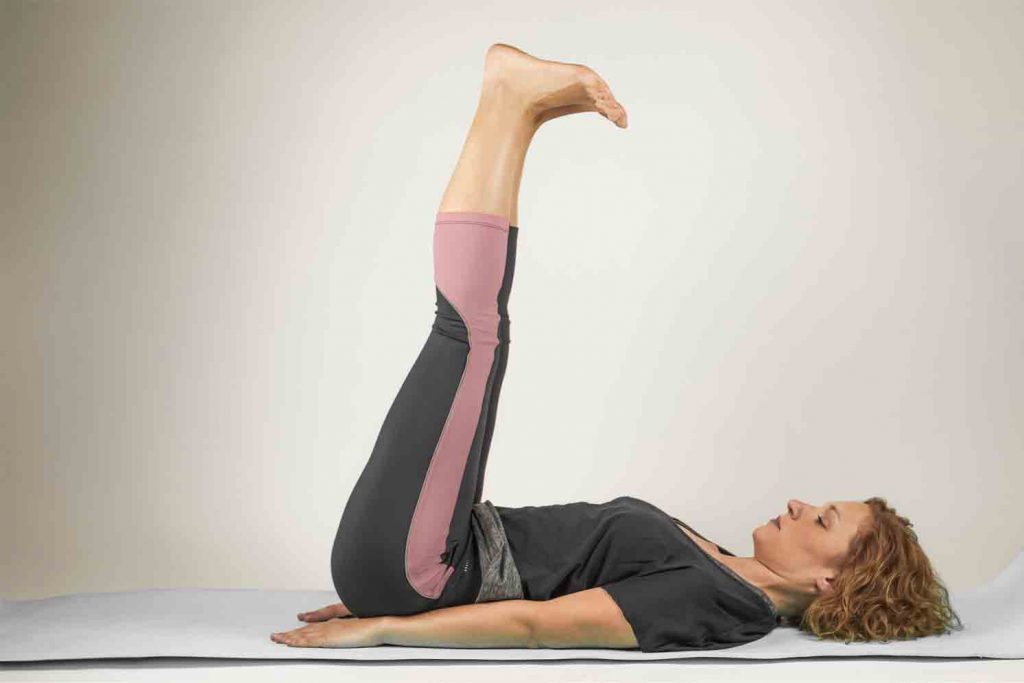Hey there! Dealing with Spondylolisthesis flare-ups as a teenager can be tough, but fret not! In this blog, we’ll walk through some practical tips and tricks to help you manage those pesky flare-ups like a pro.
Understanding Spondylolisthesis Flare-Ups
So, what exactly are Spondylolisthesis flare-ups? These are periods when your symptoms, like lower back pain or stiffness, suddenly worsen. Flare-ups can be triggered by various factors such as overexertion, poor posture, or sudden movements.

Tips to Manage Flare-Ups
1. Rest and Relaxation
- Listen to Your Body: If you’re experiencing a flare-up, it’s crucial to give your body the rest it needs. Take breaks when necessary and avoid activities that exacerbate your symptoms.
- Find Comfort: Invest in supportive pillows or cushions to ease discomfort while sitting or lying down. Find a comfortable position that alleviates pressure on your spine.
2. Gentle Stretching and Exercise
- Stay Active: While rest is essential, gentle stretching and low-impact exercises like walking or swimming can help improve flexibility and strengthen your back muscles.
- Consult a Professional: Consider working with a physical therapist who can design a personalized exercise regimen tailored to your condition and goals.
3. Mindfulness and Stress Management
- Practice Mindfulness: Techniques such as deep breathing, meditation, or yoga can help reduce stress and promote relaxation, easing both physical and emotional tension.
- Stay Positive: Remember, flare-ups are temporary setbacks. Stay optimistic and focus on small victories in your journey towards managing Spondylolisthesis.
4. Proper Posture and Ergonomics
- Mind Your Posture: Pay attention to your posture throughout the day, especially when sitting or standing for extended periods. Maintain a neutral spine position to minimize strain on your back.
- Ergonomic Adjustments: Make ergonomic adjustments to your workspace or study area to ensure proper alignment and support for your spine.
5. Seek Professional Help
- Consult Your Healthcare Provider: If you’re experiencing frequent or severe flare-ups, don’t hesitate to reach out to your healthcare provider. They can offer guidance, adjustments to your treatment plan, or referrals to specialists if needed.
Wrapping Up
Dealing with Spondylolisthesis flare-ups as an adolescent may feel challenging, but with the right strategies and support, you can effectively manage your symptoms and maintain an active lifestyle. Remember to prioritize self-care, listen to your body, and seek professional help when needed. You’ve got this!
